A Peek into Thailand’s Hottest Star’s World: 10 Facts You Should Know About Freen
Get an exclusive peek into the world of Freen Sarocha: uncover 10 facts ...
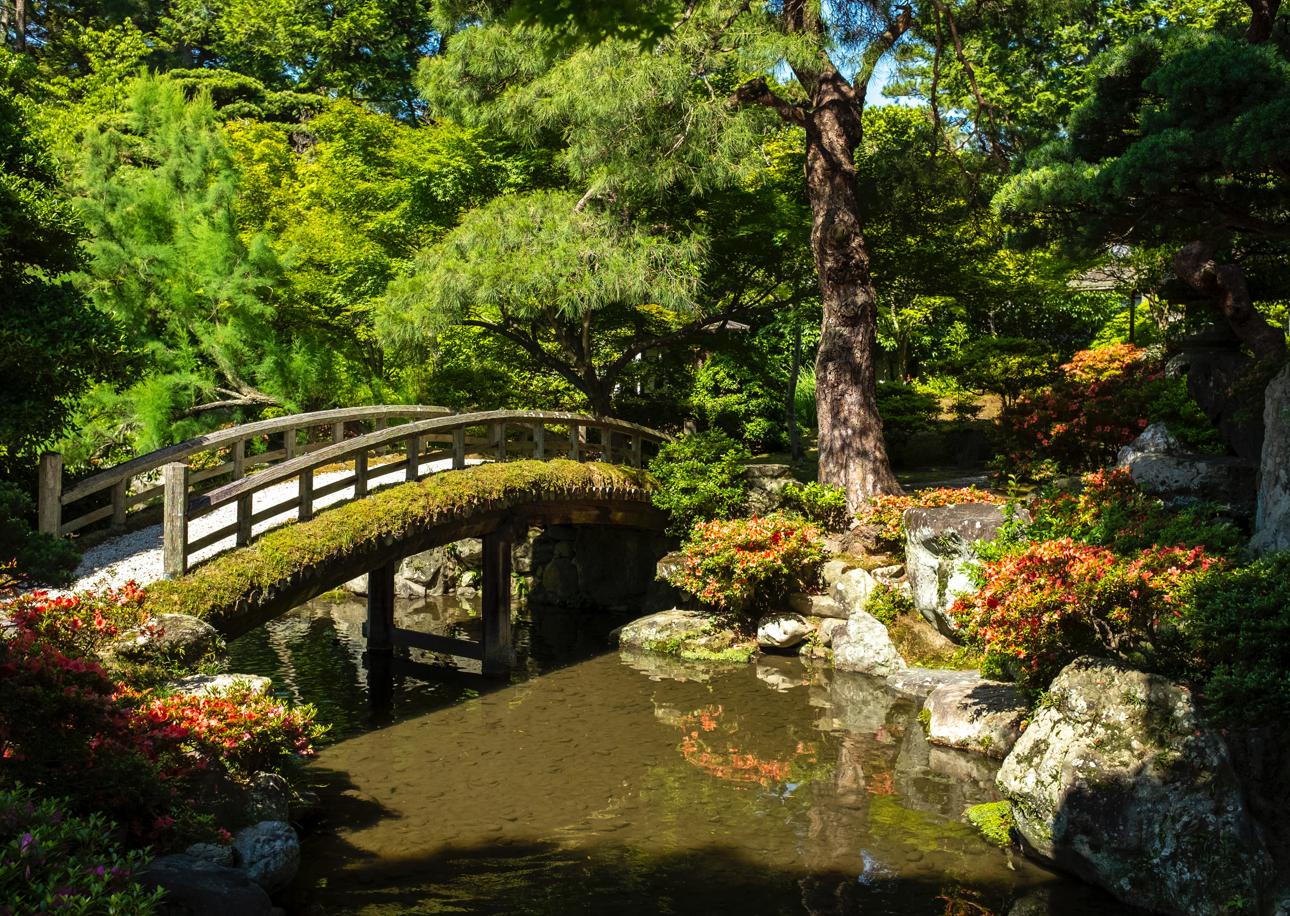
Japan is famous for its traditional and magical gardens, offering a soothing escape from the urban jungle. There are countless of them in the country and deciding which to visit can be overwhelming, so we’ve compiled our picks of which ones you should take the time to see.
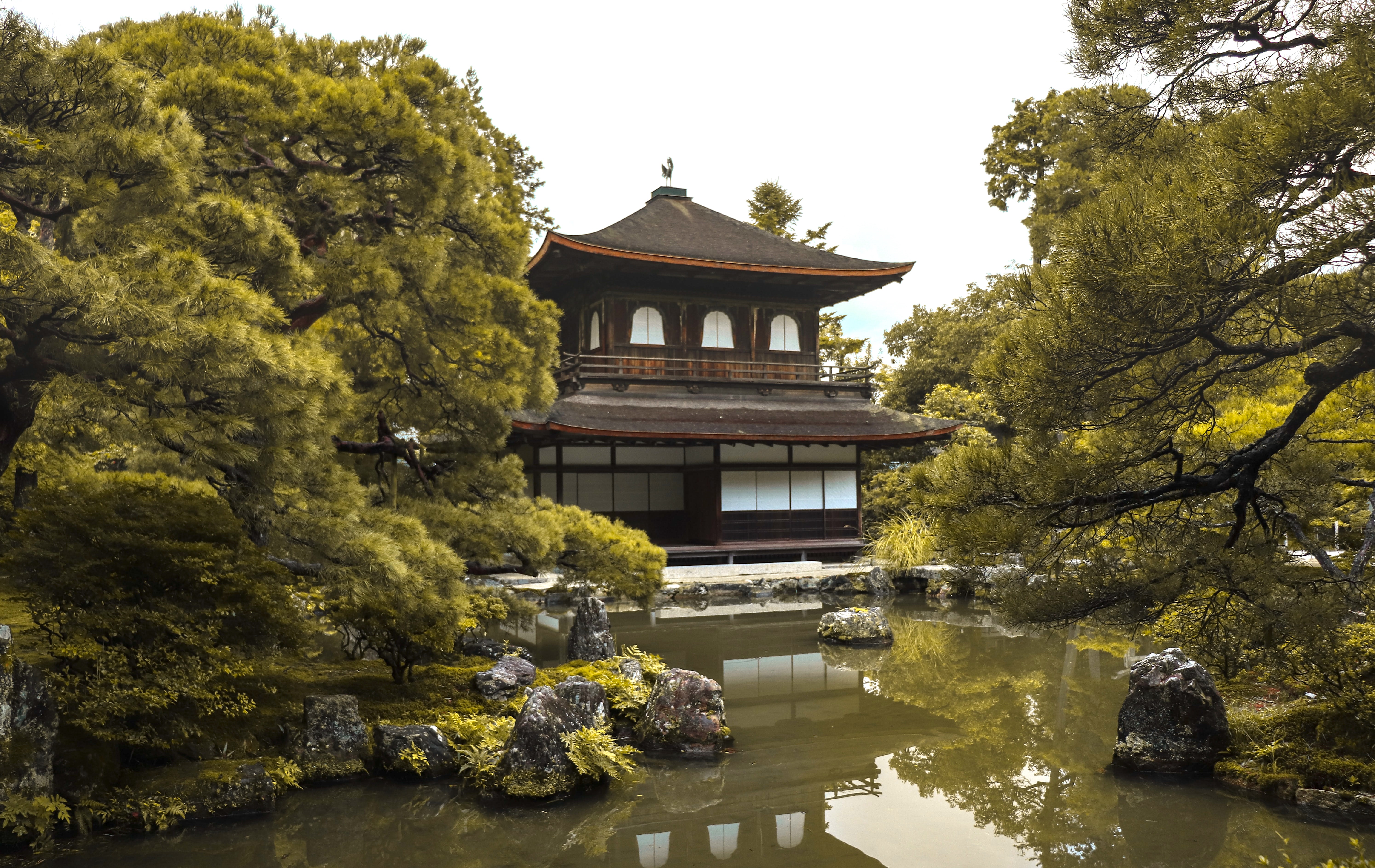
Huddled along Kyoto’s eastern mountains and conceived as a private villa in the 15th century, Ginkaku-ji was named for its appearance under the moonlight. It’s believed that the Silver Pavilion became its nickname when the moonlight reflected on the building’s dark exterior, which used to be covered in black lacquer, and gave it a silvery appearance. The World Heritage Site attracts millions of visitors and retains its charm of moss-covered foothills and ever-changing flowers and trees throughout the seasons.
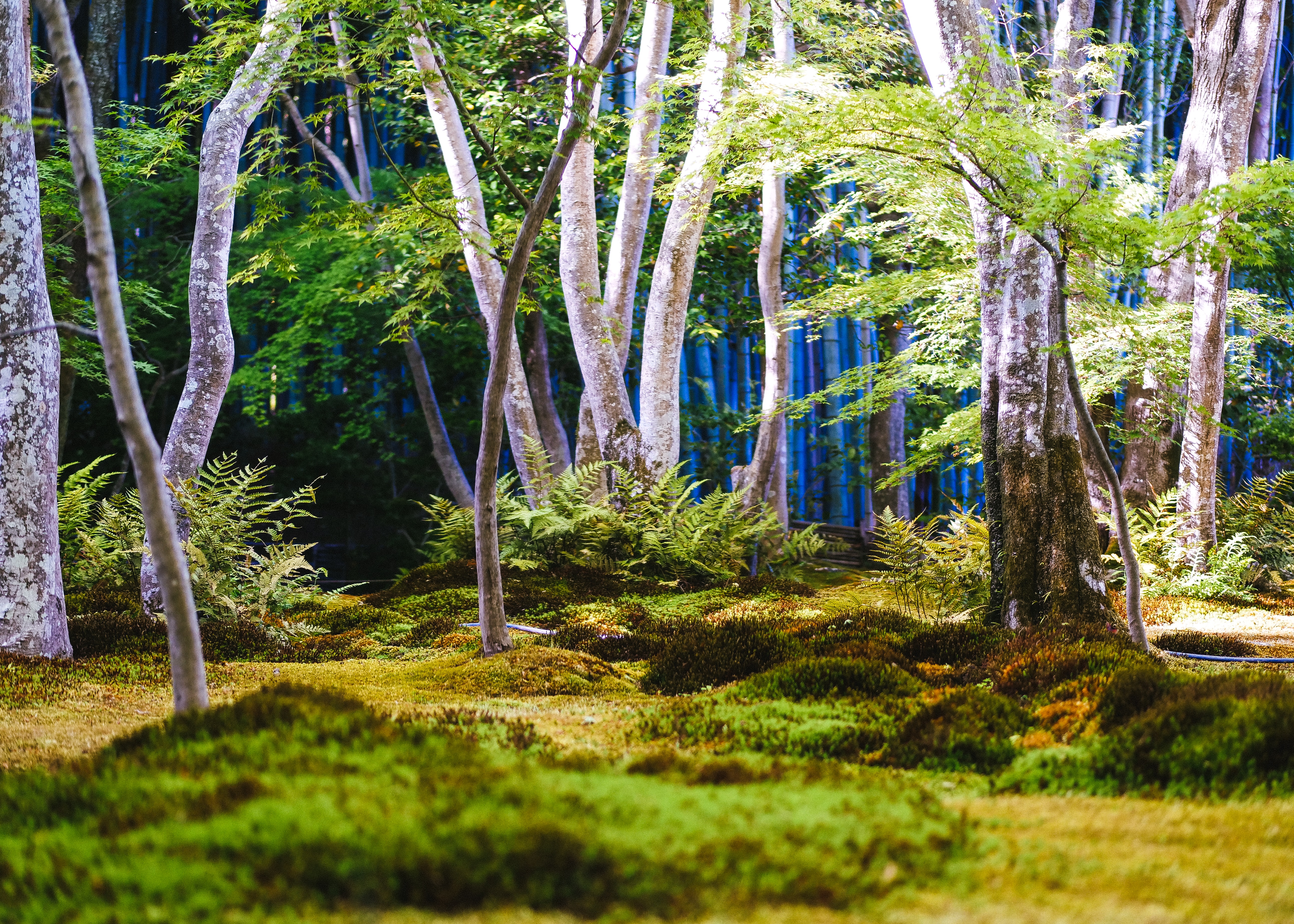
Moss is highly embraced in Japan and actively cultivated, so it’s no surprise that you’ll find green, lush blankets of it in every shade of green you can think of here at Saiho-ji. There are approximately 120 varieties of the plant, and because of this, Saiho-ji Temple is often referred to as Koke-dera, meaning “Moss Temple.” Another World Heritage Site, the gardens were renovated in 1339 by Muso Soseki, a Rinzai Zen Buddhist monk who was also a calligrapher, poet, and garden designer.
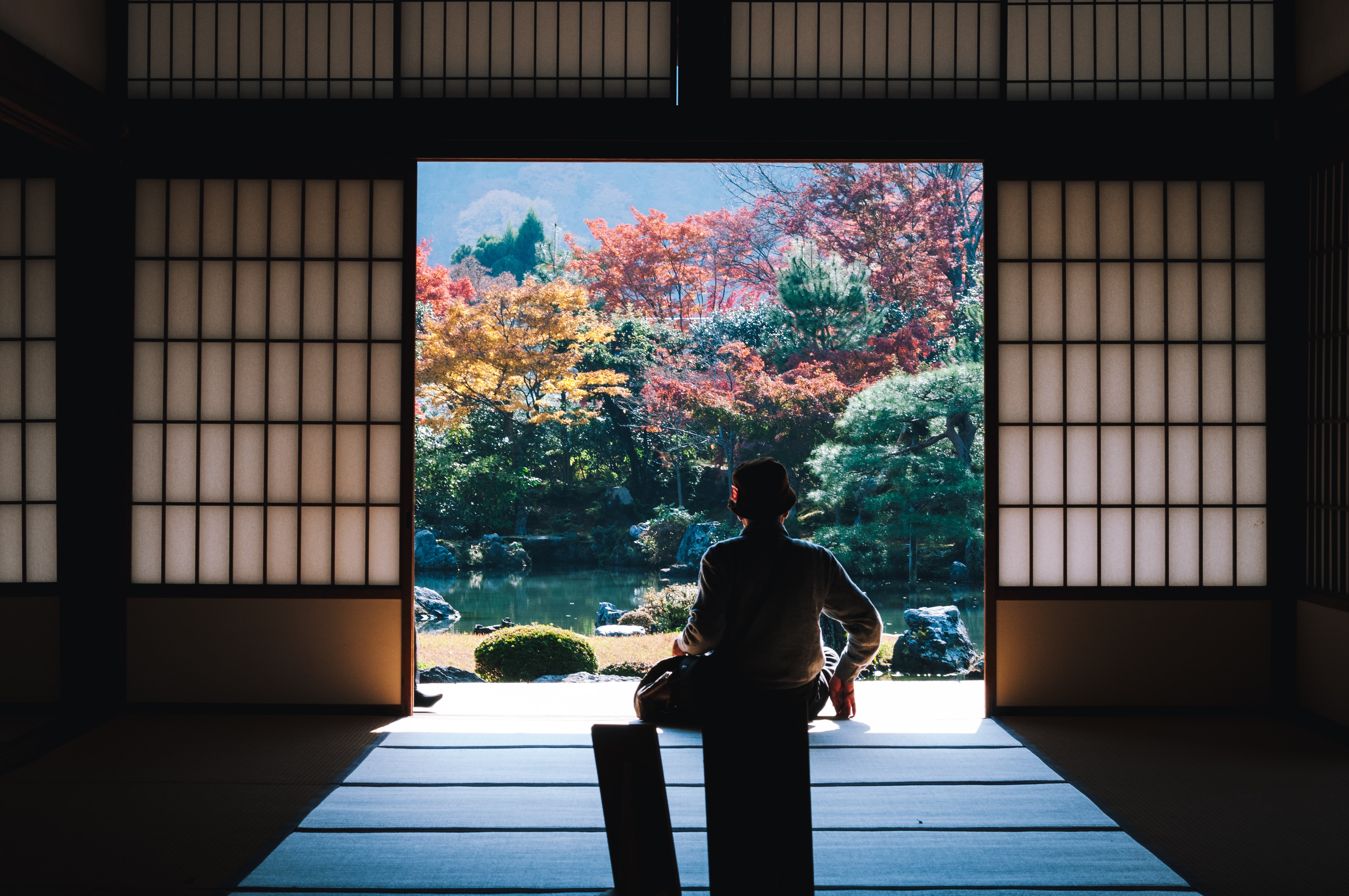
The most important temple in the Arashiyama district, Tenryu-ji is surrounded by maple trees and visited frequently during the autumn. Originally a private villa in the Heian period, it’s one of the oldest temples in Kyoto. Tenryuji’s buildings were lost in fires and wars over the centuries, but the temple’s garden survived. It features a central pond surrounded by rocks, pine trees, and the forested Arashiyama mountains. Created by monk and garden designer Muso Soseki, it is ranked first among the city’s five great Zen temples.
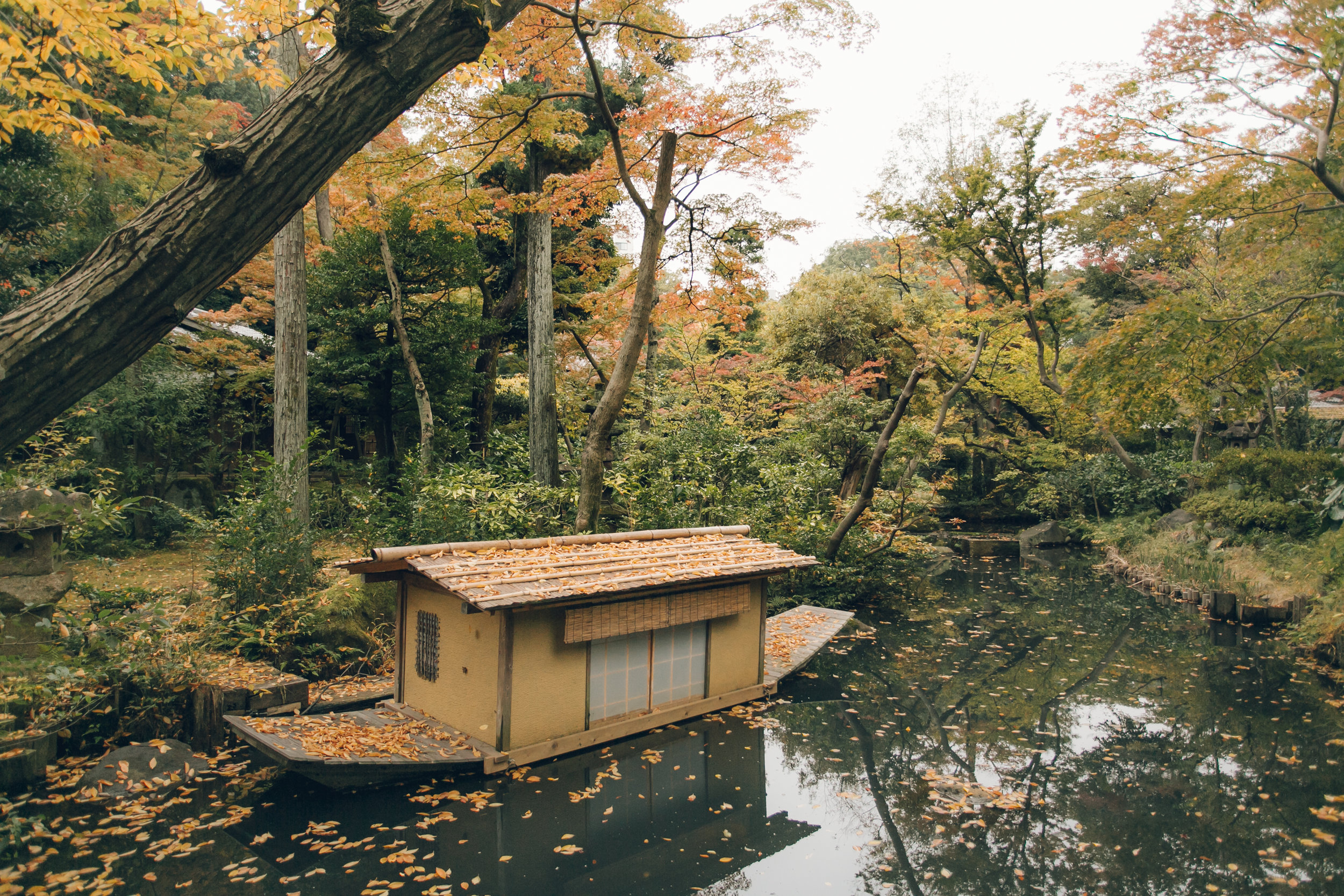
Well-known for the quality of its private art collection and its architecture, Nezu Museum Garden is located in Aoyama and is the perfect escape from Tokyo’s city madness. Nezu Kaichiro was an avid art collector who turned his private residence into the site of the museum and garden. His son preserved the collection after Kaichiro’s death in 1940. The garden is a refreshing oasis for anyone wanting to get some peace of mind. Wander along the tea house, stone lanterns, and small ponds as you ease the day away.
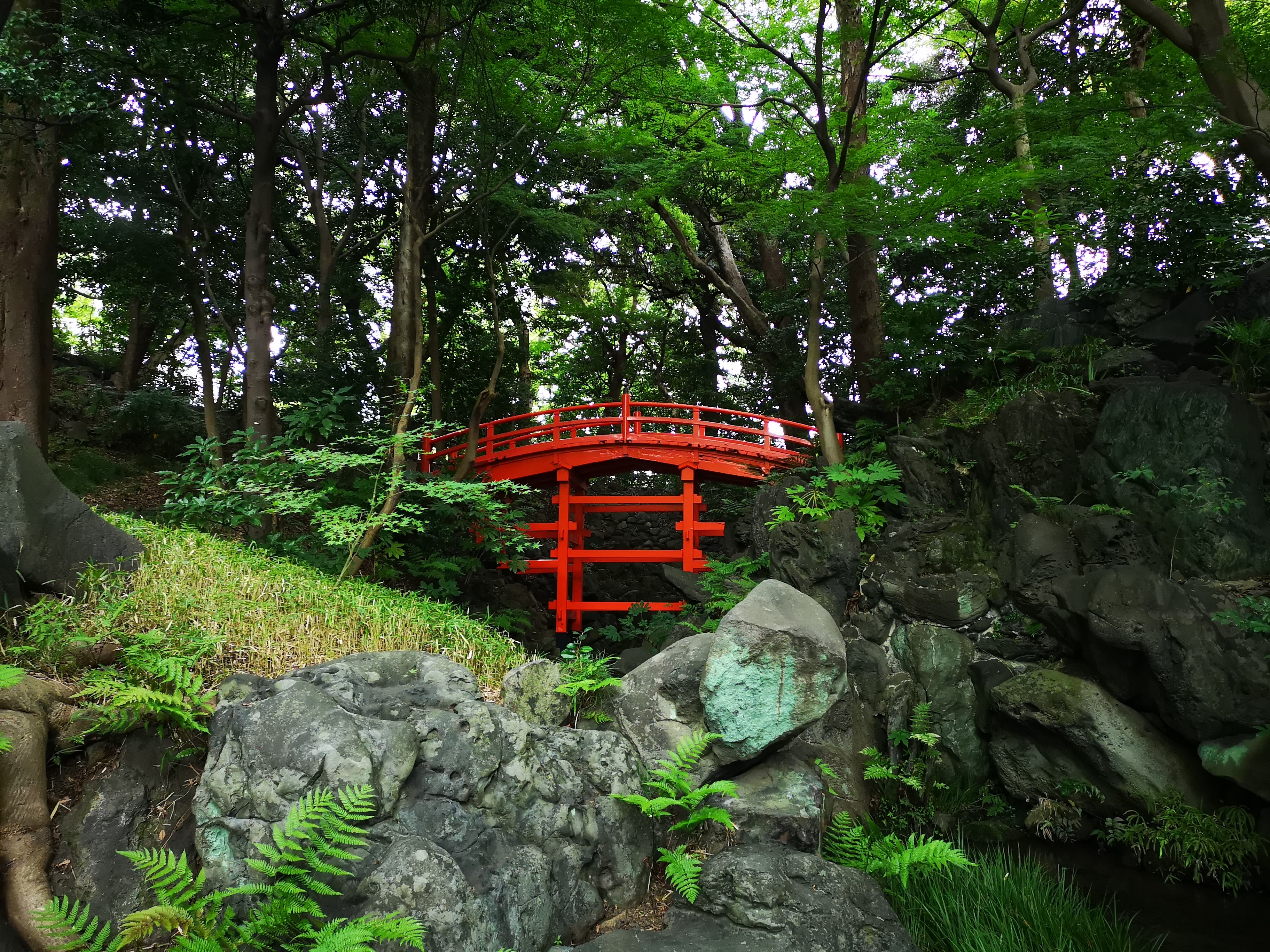
Koishikawa Korakuen is one of Tokyo’s oldest gardens. Built during the Edo period, the stunning maple trees reflected in the pond are its highlight. Like a lot of gardens in the country, Koishikawa Korakuen attempts to create famous landscapes into miniatures, using ponds, stones, and trees to replicate both Japanese and Chinese scenery. The trees all around the garden turn into charming shades of red or orange in late November and early December.
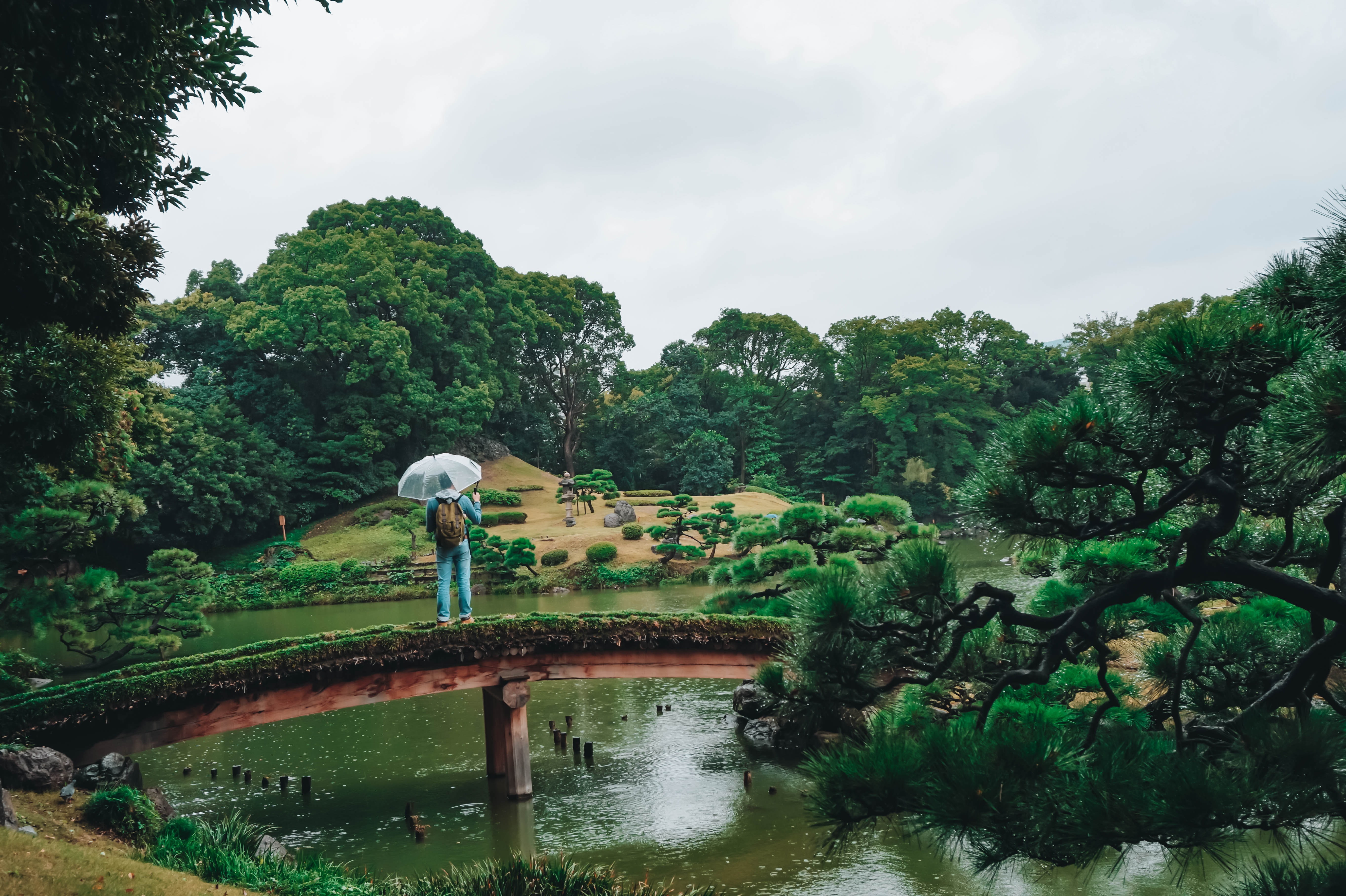
The many stones set around the grounds at Kiyosumi Teien is what makes this landscape garden remarkably special, some of which are acquired from all over Japan. Be sure to stroll on the stepping stone paths that are set in the water called Isowatari and watch fish and turtles wriggling under the surface. Kiyosumi Teien is an ideal place for a picnic, a good read, or a place to paint, all while overlooking the central pond.
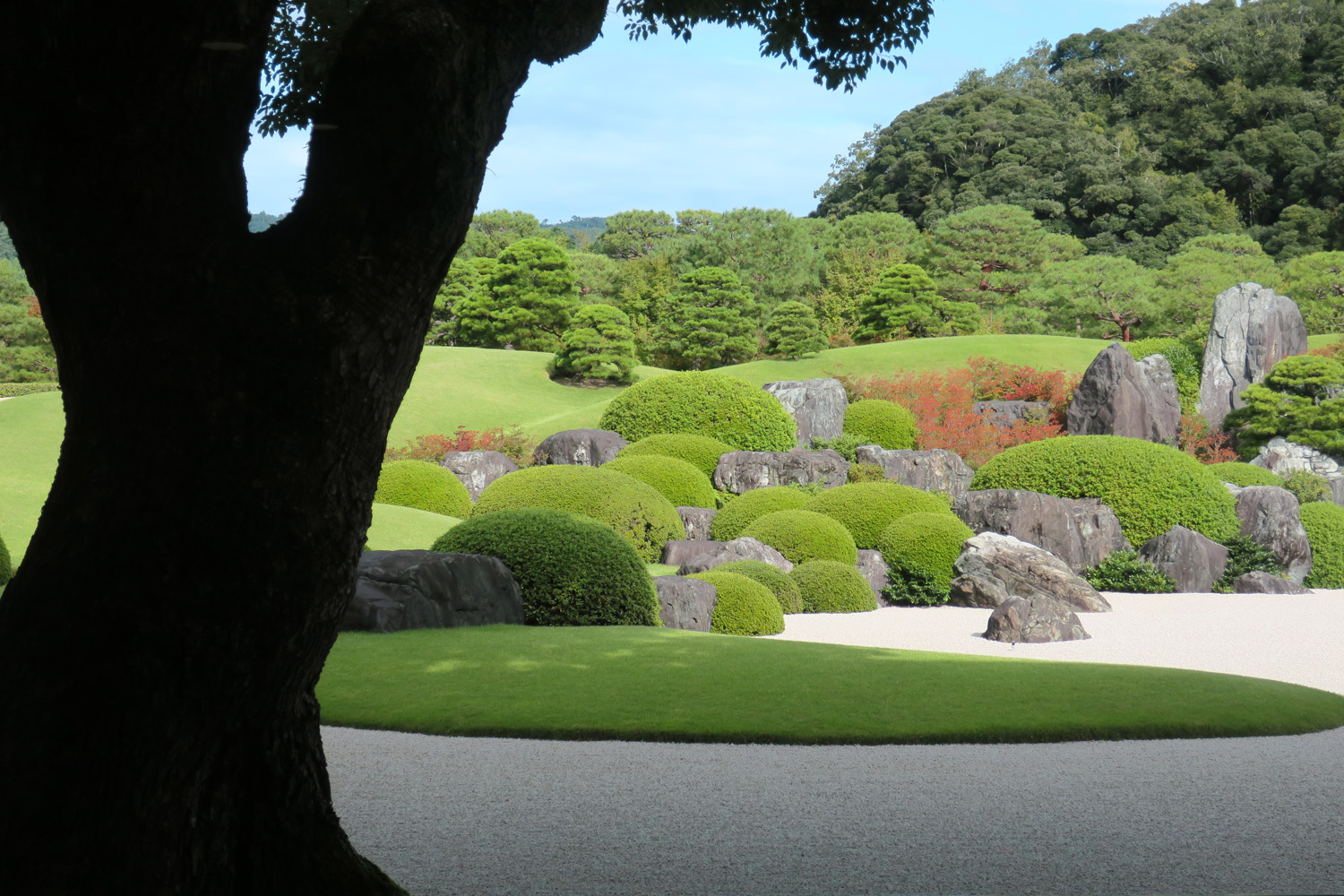
Hoping to expand people’s appreciation and interest in Japanese art, the Adachi Museum of Art was founded by Adachi Zenko in 1970. The museum, which has been named the best garden in Japan annually since 2003 by the “Journal of Japanese Gardening”, houses a collection of nearly 1,300 20th-century paintings and artworks which rotate seasonally. The garden can be enjoyed year-round with different aesthetics depending on which season you visit.
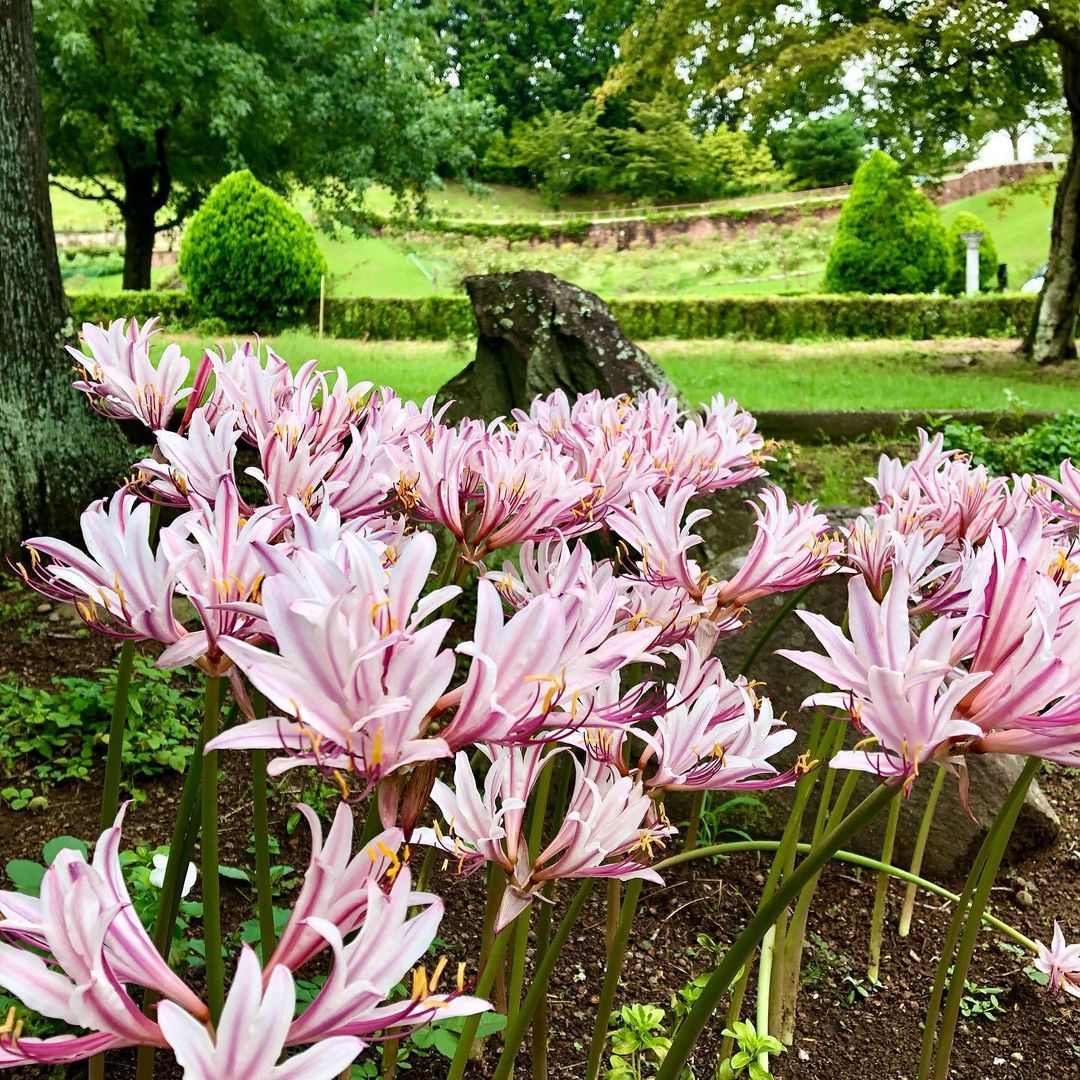
More of a park than a garden, Shuzenji Niji-no-Sato holds various natural and traditional attractions. The Western-themed area has houses modelled after 17th-century European villages and is connected with a small English-made steam locomotive. Delight in an array of elegant flowers in the Izu village such as daffodil, wisteria, iris, and hydrangea. You can also embrace your artsy side by making traditional crafts in the Takumi-Artisan village where there are several old thatched-roofed houses.
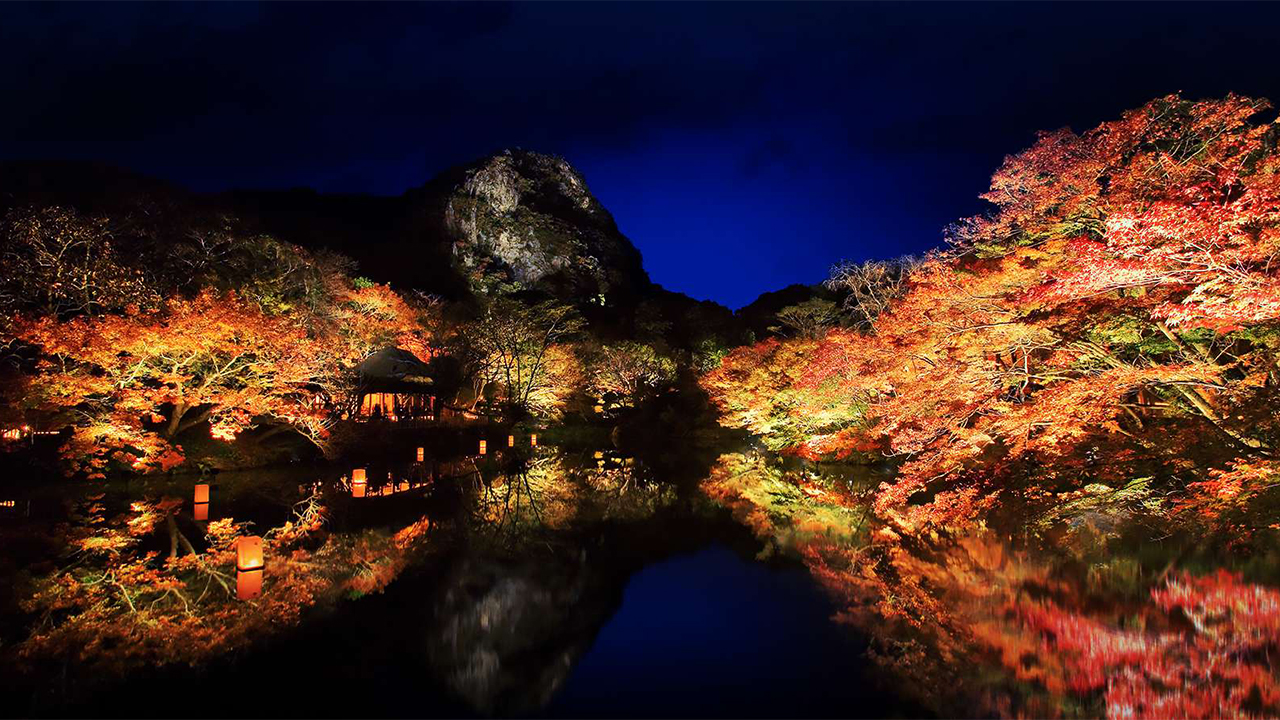
This magical garden is akin to a huge park and looks like it came straight out of a painting. Hundreds of trees and flowers cover the vast grounds that change color each season. Mifuneyama Rakuen also holds events such as digital art presentations and enchanting night-time illuminations, adding fascinating experiences of the gardens after dark. During the azalea season, the mountainside is adorned in shades of white, pink, and crimson.
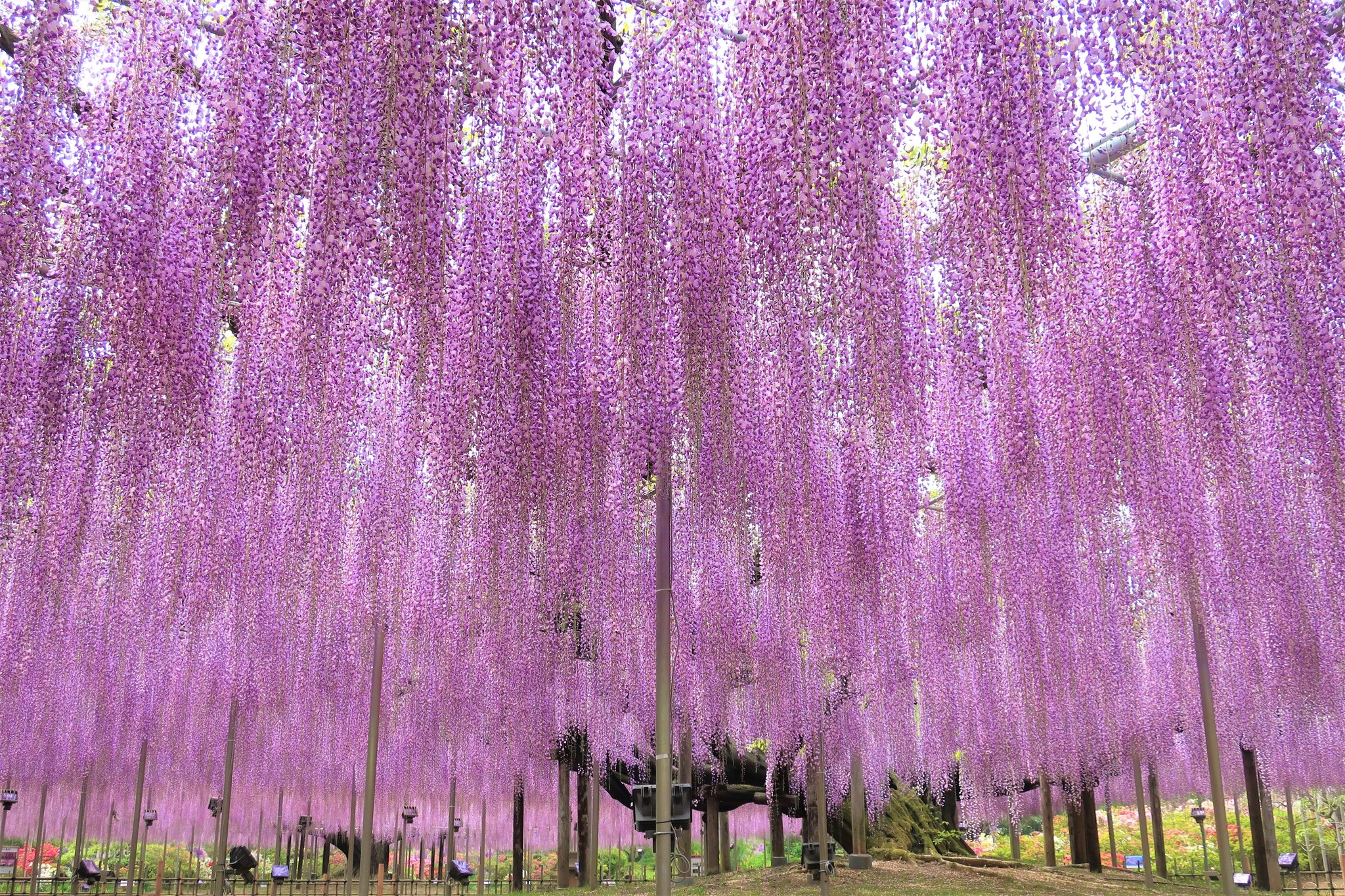
Though not technically a garden, the Ashikaga Wisteria Park deserves a place on this list. With over 350 wisteria trees, this park is home to an ancient wisteria tree that’s around 160 years old. It’s also been selected as the “World’s Dream Travel Destination” by CNN. The violet fairytale-like scenery almost seems unreal. Japan’s wisteria season is from mid-April to mid-May, closely following the cherry blossoms, and is a spectacle not to be missed.
Get an exclusive peek into the world of Freen Sarocha: uncover 10 facts ...
In a cinematic landscape saturated with remakes, reboots and sequels, you might ...
These top 5 barber shops in Bangkok are where gentlemen can elevate ...
While traditional TV shows are serving us endless boy-meets-girl tales. Thailand has ...
Pets, as cherished members of our families, deserve rights and protections that ...
The internet makeup obsession straight out of Bangkok’s streets! Thai makeup zeroes ...
Wee use cookies to deliver your best experience on our website. By using our website, you consent to our cookies in accordance with our cookies policy and privacy policy